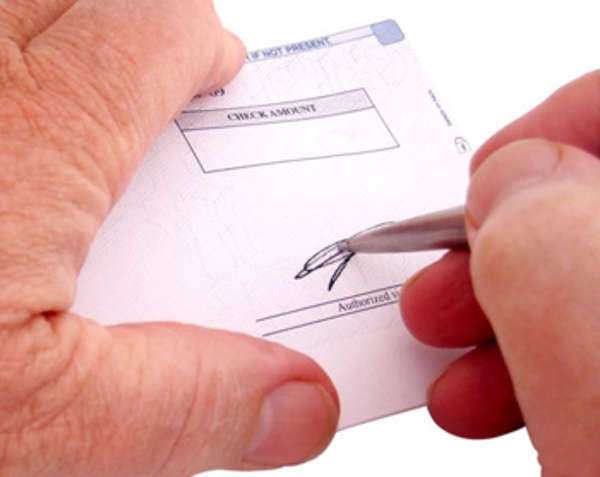
What is Chapter 12 Bankruptcy?
Chapter 12 Bankruptcy plans are designed for “family farmers” who receive a regular annual income. The initiative enables financially distressed family farmers (and fishermen) the ability to propose and carry out a strategy to satisfy all or part of their outstanding debts. Under a Chapter 12 filing, a debtor will propose a repayment plan, which will provide periodic installments to creditors over a period of three to five years.
Generally, the Chapter 12 Bankruptcy filing will provide payments for the three year window; however, a court may approve a longer repayment period “for cause” purposes. That being said, unless the Chapter 12 Bankruptcy plan targets domestic support claims (i.e. alimony and child support if applicable) it must be for five years and must contain the borrower’s entire disposable income. In no case will a Chapter 12 Bankruptcy plan provide for payments beyond the five year allotment.
How is a Chapter 12 Filing Unique?
A Chapter 12 Bankruptcy filing is tailored—according to bankruptcy law—to meet the economic realities of family farmers and family fishermen. A Chapter 12 filing eliminates a number of the impediments that these individuals face when seeking reorganization under Chapter 11 or 13 filings. For instance, the Chapter 12 Bankruptcy filing is more efficient, simpler and less expensive than a Chapter 11 filing, which should be undertaken by large corporate reorganizations.
Furthermore, few family fishermen or famers find Chapter 13 beneficial because it is structured for wage earners who have limited or small debts when compared to those of family farmers or fishermen. With a Chapter 12 Bankruptcy filing, the United States Congress sought to combine the features of the Bankruptcy Code to provide a foundation for successful family fisherman and farmer reorganizations.
Eligibility Requirements:
According to bankruptcy code, “family fishermen” and “farmers” are placed in two categories: 1.) the individual or individual and his or her spouse and 2.) a partnership or corporation. Fishermen or farmers who fall into the first classification must meet each of the following four criteria to qualify for relief under a Chapter 12 Bankruptcy filing:
1. The individual or spouse must be engaged in a farming operation or commercial fishing practice
2. The total debts of said operation cannot exceed $3,792,650 for a farming operation or $1,757,475 for a commercial fishing operation
3. 50% (for the farmer) and 80% (for the fisherman) of the total debts must be related to the farming or commercial endeavor
4. More than 50%–for the preceding tax year– of the worker’s gross income must have been obtained from the farming or fishing operation.
In order to file as a partnership or corporation, the debtors must satisfy each of the following criteria:
• More than 50% of the equity or outstanding stock in the entity must be owned by one family
• The family is required to conduct the commercial fishing or farming operation
• More than 80% of the value of the partnership or corporation’s assets must be related to the work
• The total debts of the partnership must not exceed $3,792,650 (farmers) or $1,757,475 (fishing).
• More than 50%–for the preceding tax year– of the worker’s gross income must have been obtained from the farming or fishing operation.
• If the entity issues stock, it may not be publicly traded
It may not be immediately clear why Chapter 12 is even needed in the Bankruptcy Code. Obviously, the goal of bankruptcy applicants and bankruptcy courts are to ensure debts are discharged. Chapter 12 might truly be a better solution for family farmers and fisherman than other bankruptcy options.
Though depending on the circumstances, Chapter 12 bankruptcy is apt to be a better fit for these populations than Chapter 11 relief, as the fees are much less expensive under Chapter 12 and the process runs more smoothly than in Chapter 11, which is arguably quite complex. Compared to Chapter 13, meanwhile, Chapter 12 bankruptcy is usually a superior option for fishermen/farmers, as they are more likely to accrue bigger debts than those who traditionally file for Chapter 13 bankruptcy.
Despite not being a major tenet of Chapter 12, added protections for family farmers and fishermen may be thrown in with contemplations of the purpose of this subset of bankruptcy law. Any projections or estimates of the income debtors should make in coming years are just that, and depend on stable, amenable environmental conditions. In the event of a natural disaster or some other sort of ecological change that negatively impacts farmers or fishermen and is beyond their control, Chapter 12 bankruptcy proceedings may result in a “hardship discharge” of some debts owed.















